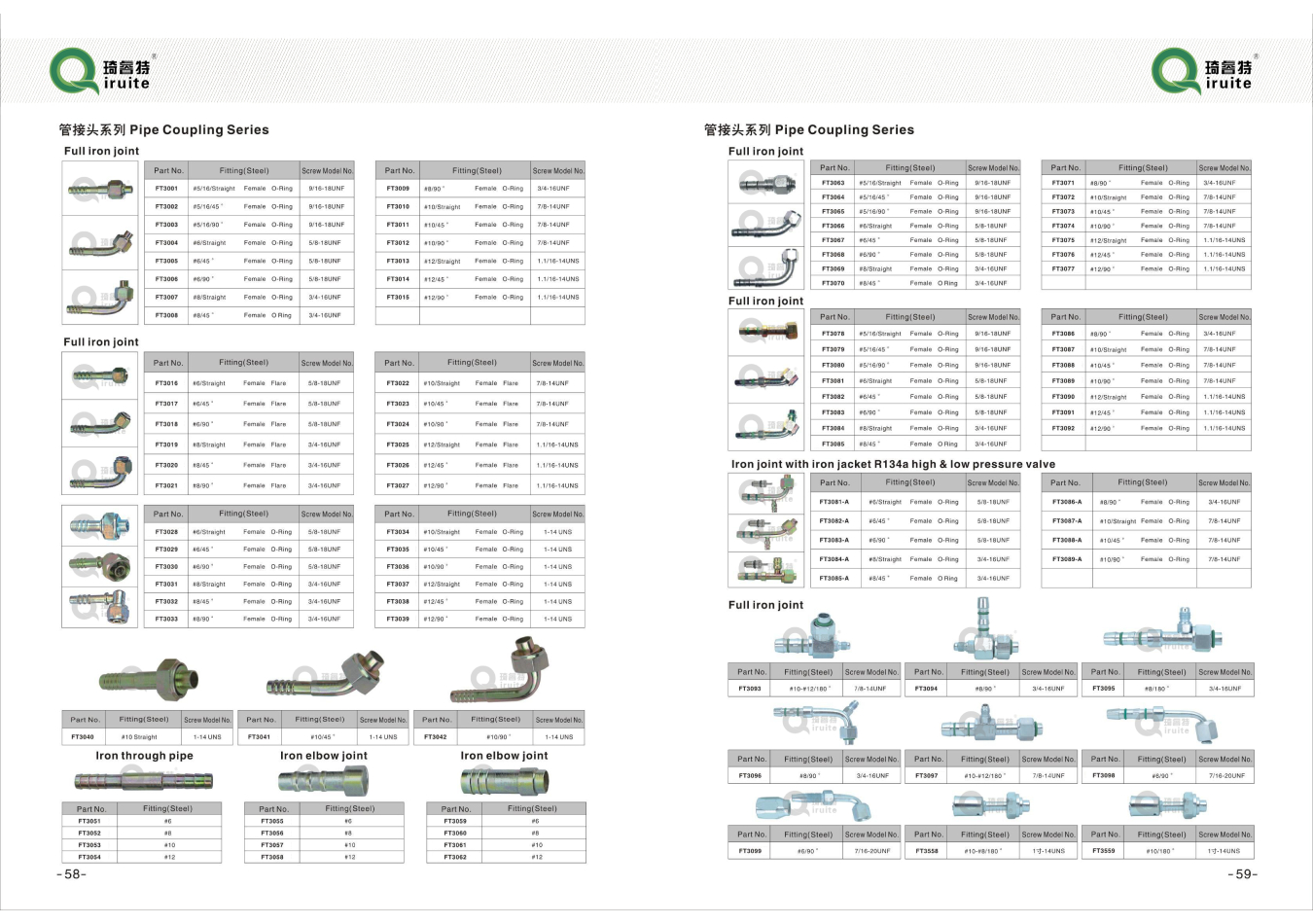Mini Power Steering Hose Replacement and Maintenance Guide for Optimal Performance
Understanding Mini Power Steering Hoses A Comprehensive Guide
When it comes to maintaining the agile performance of a Mini vehicle, one oft-overlooked component is the power steering hose. This essential part plays a pivotal role in ensuring that the power steering system operates smoothly and efficiently, allowing for effortless maneuverability, particularly in tight urban settings where Minis thrive. In this article, we will explore the significance, types, maintenance tips, and replacement factors associated with Mini power steering hoses.
The Role of Power Steering Hoses
In a power steering system, hydraulic force is used to assist in steering the vehicle, reducing the effort required by the driver. The power steering hose is a vital component of this system, responsible for transferring hydraulic fluid from the power steering pump to the steering gear. The hydraulic fluid creates pressure that assists in steering, making it easier for the driver to turn the wheel.
A typical Mini power steering system consists of two hoses the high-pressure hose and the low-pressure return hose. The high-pressure hose carries fluid from the pump to the steering gear under high pressure, while the low-pressure return hose takes fluid back to the pump after it has been used. Understanding the distinction between these two hoses is crucial for anyone looking to maintain or repair their Mini's steering system.
Types of Power Steering Hoses
Mini power steering hoses come in various materials and configurations. The most common types include rubber hoses, which offer flexibility and are relatively inexpensive, and reinforced hoses made from materials like thermoplastic or braided steel, providing higher resistance to wear and tear. It's essential to choose the right type based on the specific Mini model and driving conditions to ensure optimal performance.
Moreover, there are aftermarket options available that may offer enhanced durability or performance characteristics. While they may come at a premium price, these hoses can be an excellent investment for those who drive their Minis in demanding conditions or frequently take long trips.
Maintenance Tips
Proper maintenance of your Mini power steering hoses can extend their lifespan and maintain the efficiency of your steering system. Here are some essential tips
mini power steering hose

1. Regular Inspections Regularly check for signs of wear, such as cracks, fraying, or leaking fluid. Early detection of these issues can prevent more significant problems down the line.
2. Fluid Checks Keep an eye on the power steering fluid reservoir. If the fluid appears dark or has debris floating in it, it may be time to change the fluid. Low fluid levels can lead to increased wear and tear on the hoses.
3. System Flush Consider flushing the power steering system every few years to remove old fluid and contaminants. This can help maintain the efficiency of the entire system, including the hoses.
4. Heat Protection If you live in a particularly hot climate or drive in conditions that generate excessive heat, consider insulation for your power steering hoses to protect them from heat-related damage.
Replacement Factors
Despite proper care, power steering hoses do have a finite lifespan. When replacing them, consider several factors
- Compatibility Always ensure that the new hoses are compatible with your Mini model. Consult your vehicle’s manual or a professional mechanic for guidance.
- Quality Invest in high-quality hoses to ensure longevity and reliability. Cheap alternatives may save money initially but can lead to more costly repairs in the long run.
- Professional Installation Although replacing power steering hoses may seem like a DIY task, a qualified mechanic will ensure that the hoses are installed correctly and that the entire system is functioning as intended.
In conclusion, the Mini power steering hose is a small but essential component that plays a significant role in the overall performance of the vehicle. Regular maintenance and timely replacements can prevent steering issues and ensure that your Mini remains a joy to drive. By understanding the importance of this component and following best practices for care, Mini owners can keep their vehicles in peak condition, navigating city streets and country roads with ease.
-
Ultimate Spiral Protection for Hoses & CablesNewsJun.26,2025
-
The Ultimate Quick-Connect Solutions for Every NeedNewsJun.26,2025
-
SAE J1401 Brake Hose: Reliable Choice for Safe BrakingNewsJun.26,2025
-
Reliable J2064 A/C Hoses for Real-World Cooling NeedsNewsJun.26,2025
-
Heavy-Duty Sewer Jetting Hoses Built to LastNewsJun.26,2025
-
Fix Power Steering Tube Leaks Fast – Durable & Affordable SolutionNewsJun.26,2025

